Overwhelmed and disillusioned with misinformation in the times of conflict, Gen Z is turning to old-school media, and a few trusted faces, to get their daily fix of news, views, and sensible discourse
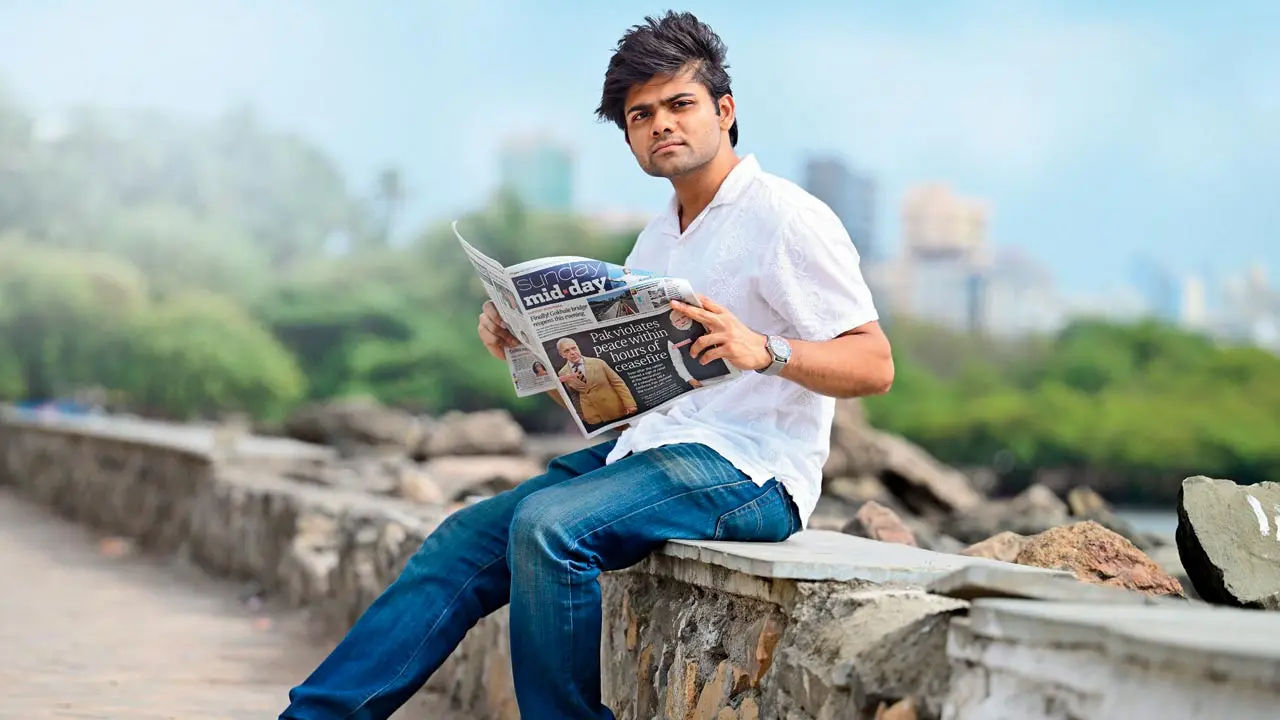
Aaryan Panchal refuses to look at social media for any updates related to the current India-Pakistan situation. Print media has become the only source he trusts completely. Pic/Nimesh Dave
As news of Operation Sindoor, India’s latest cross-border military operation against terrorism, dominated breaking news headlines and flooded social media posts, 21-year-old Nora Varma, a final-year student at a prominent private university in Haryana, was on campus when tensions first began to stir. The Goregaon resident recalls, “When the news broke last week, the campus was eerily calm. Then, when Haryana was officially placed on high alert, that calm quickly turned into chaos.”
Outstation students scrambled to advance their flight bookings back home and panic set in. But for Varma, the anxiety wasn’t just about the crisis itself, it was about the confusion around it.
“The panic was caused by the absolute lack of clear information, and by the fog [of misinformation] created on social media,” she says. Rumours swirled and speculation filled the vacuum. “Students from the university began casually posting unverified updates about the situation on Instagram, often mixing in their personal opinions without any factual basis. It was the projection of these half-baked opinions as facts that severely added to the panic.”

For Nora Varma, the initial panic was caused by the absence of clear information, and the fog created on social media with people posting unverified updates on their feeds
But Varma isn’t the only one grappling with misinformation during this time of crisis. Across the country, many Gen Z have fallen prey to a flood of unverified content circulating on social media — often amplified by prominent news channels and anchors under the “breaking news” banner.
From old or doctored videos and photos, posted by unverified sources, to AI-generated images and posts taken completely out of context, this wave of disinformation has only heightened anxiety and confusion among young Indians. The fog of war, it seems, is no longer limited to the battlefield, it’s on their screens.
For Jyotsna Mohan, a renowned journalist, author and columnist — “if the pandemic was the coming out party of the Indian media as the voice of the voiceless, the television coverage of the recent India-Pakistan tension has been the final nail in the coffin of journalism for truth’s sake.”
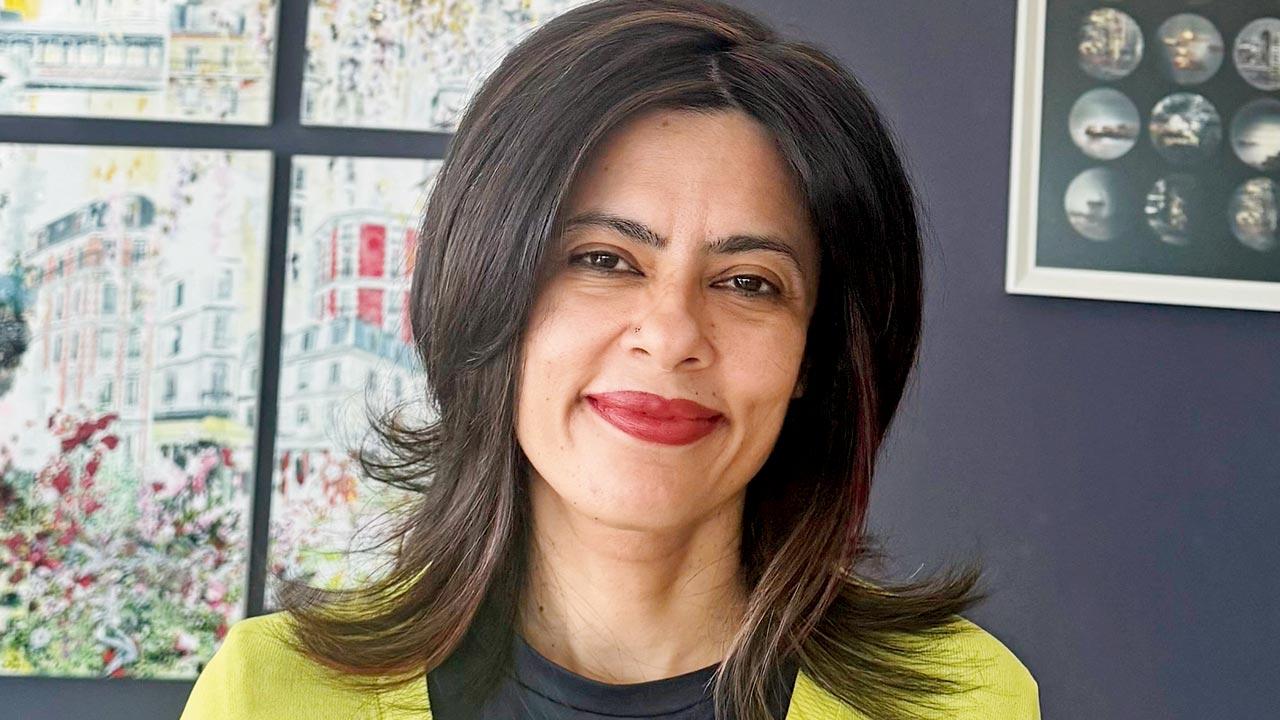
Jyotsna Mohan, author
She goes on to say that fantasy, lies, jingoism and simulated videos were woven together to deprive citizens of fact and reason. “There was a time when half of Pakistan was in the custody of Indian TV newsrooms! Yet, not surprisingly, we haven’t seen a single apology for misleading the citizens who struggled to sift misinformation from genuine news,” she says with a sigh.
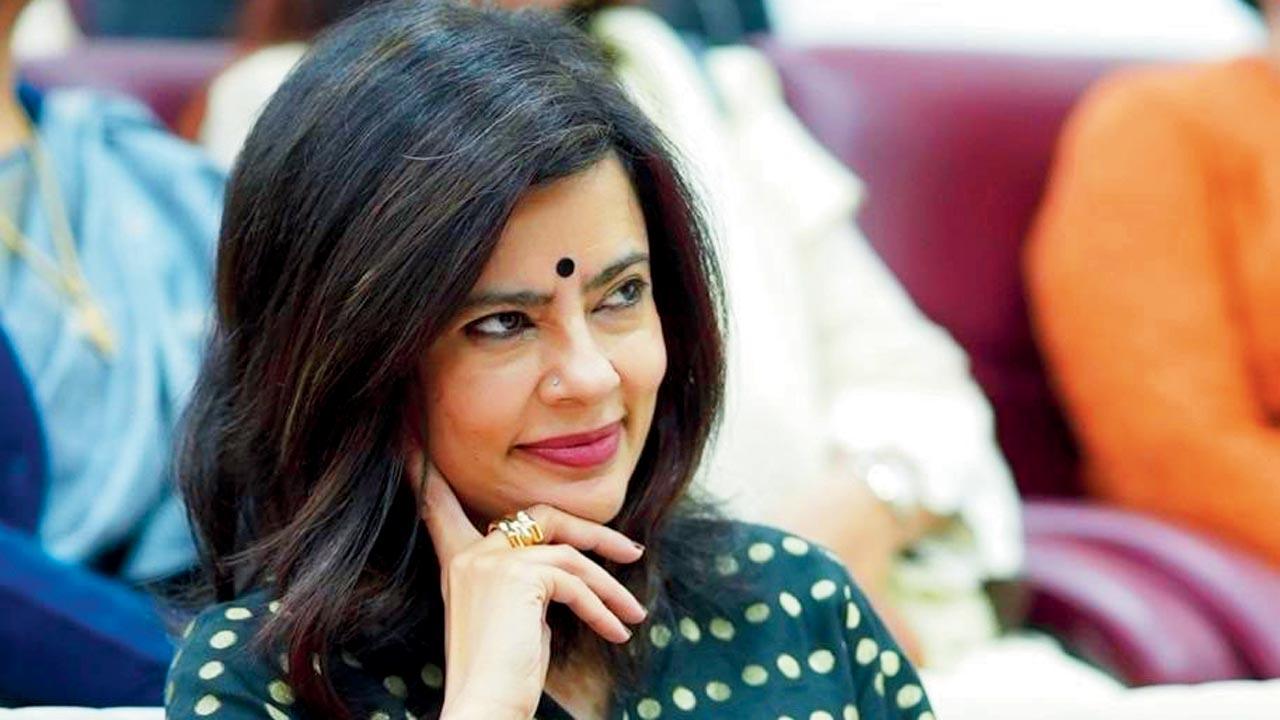
Jyotsna Mohan Bhargava is of the belief that fantasy, lies, jingoism and simulated videos were woven together by several TV news outlets and deprived citizens of fact and reason
For Varma, turning from social media to digital news sources didn’t offer much relief either. “Even platforms I usually trust, like TV news or Al Jazeera, started to feel overwhelming. And while I know every outlet comes with its own bias, seeing Al Jazeera publish certain things still shocked me. They’re internationally respected, but not immune to bias.”
However, according to some Gen Z, a few journalists like Barkha Dutt, Palki Sharma Upadhyay, and Shiv Aroor have time and again brought clarity and credibility regarding the situation even in these dark times of television journalism.
Several young Indians also have started turning to traditional media, such as newspapers, for verified and reliable updates. Aaryan Panchal, a 22-year-old law student and Kandivli resident, explains, “I refuse to look at social media for any updates on the current situation, given the current flood of misinformation.”
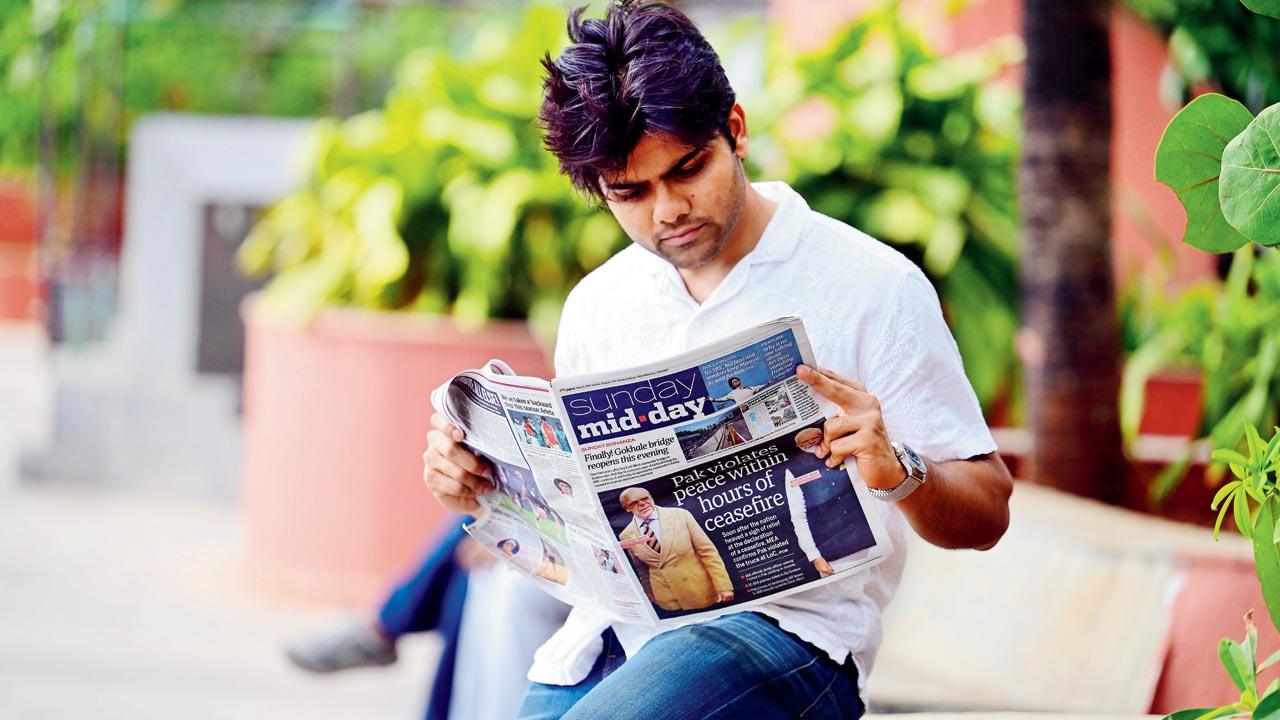
Aaryan Panchal a 22-year-old law student and Kandivli resident notes that he refuses to look at social media for any updates on the current situation, given the current flood of misinformation. For him, print media is the only source he trusts. Pic/Nimesh Dave
Panchal adds that he doesn’t mind biased news, but what he does mind is fear-mongering and the sensationalising of real-time events. Hence, for him, print media is the only source he trusts completely. “I know for a fact that every word in the paper is verified before it goes to print. I don’t mind getting my news two or three hours later, at least I can be reassured that it’s credible, fact-checked, and accurate.” Mohan adds that, without the macabre race for TRPs, newspapers offered a measured tone, just what was needed in fraught times. “This has been a reminder of how despite existential questions over print media, newspapers are needed to offset the unreliability of television news especially as seen in the last ten years.”
Like most in his generation, Punyavardhan Shah, sees social media as the most accessible source of news. “I’m not someone who keeps up with the news on a daily basis,” he admits. However, that changed with the onset of Operation Sindoor, which he began following more closely. “It was probably anxiety,” he reflects. “The idea that something intense is happening in your country makes you want to stay updated. It’s about being aware, so you’re not caught off guard.”
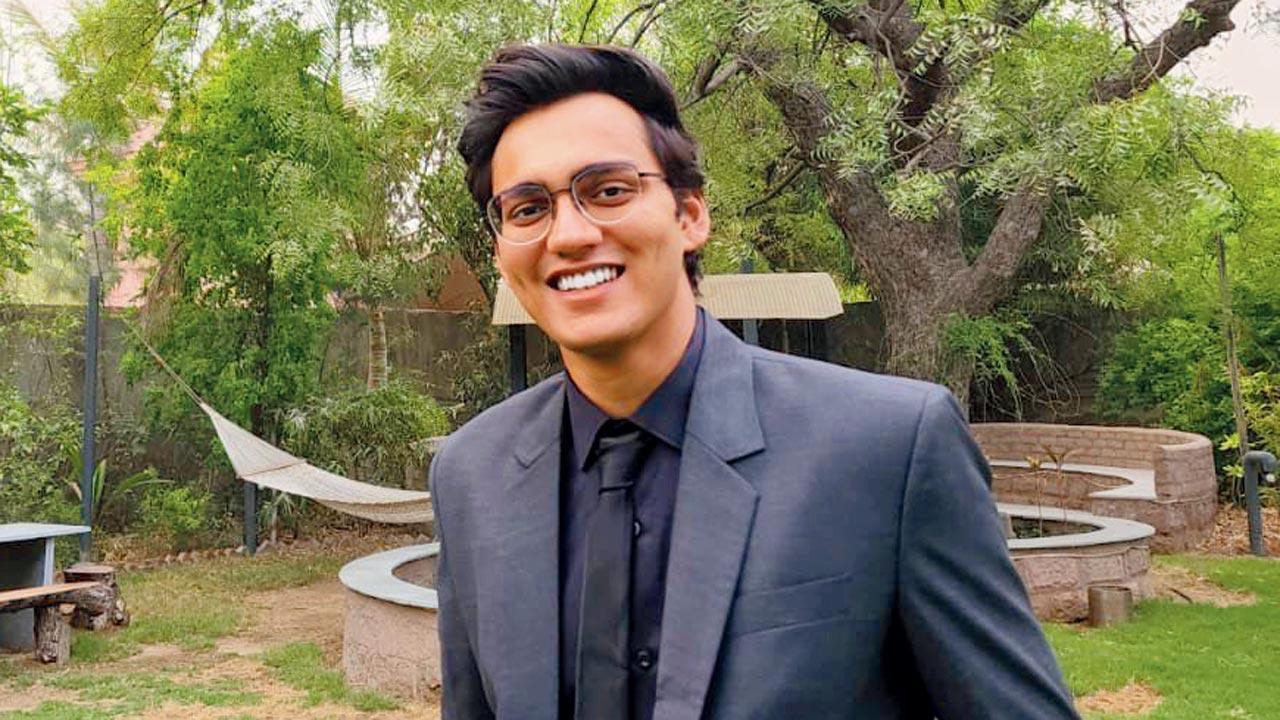
Punyavardhan Shah
But when he does turn to traditional media, Shah prefers platforms like CNN. “Some of my friends say CNN is boring,” he says. “But that’s kind of the point. The flashier the presentation, the more it tends to chase TRPs instead of facts. So in this case, boring might actually be better.”
Over the past two weeks, Prafful Garg — a 27-year-old entrepreneur, founder and CEO of Younity which is an educational platform, and a public figure with over
1.5 million Instagram followers — has dominated social media feeds with curated, verified updates on Operation Sindoor, Indian foreign policy, national security, and more. His recent rise to public attention has been fuelled by the unscripted, straight-talking explainer videos he regularly posts on social media, many of which have garnered over a million views each.

Over the past two weeks, Prafful Garg — a 27-year-old entrepreneur and a public figure — has dominated social media feeds with curated and fact-checked updates on Operation Sindoor, Indian foreign policy, national security, and more
“I saw something dangerous happening,” Garg says. “People weren’t reading the news anymore. They were getting their information from 60 to 80-second reels with zero verification, and that’s exactly where misinformation thrives.” Despite his influence, Garg sees himself primarily as a teacher, a role he believes is central to his wide reach and credibility.
Charansh Juneja, the face behind the popular Instagram page The Indian Idiot, which now has over 1.2 million followers, has seen his platform become a go-to source of periodic updates for many Gen Z users during the ongoing crisis. “I created the page back in 2015 with the aim of building a fun, engaging news platform that keeps young people up to date with what’s trending,” he says.
Juneja adds that in critical moments the platform becomes more like a public service bulletin, focused purely on verified, official information, without any opinion or drama. “We stick strictly to DD News and ANI as our sources. We also followed all official government handles to provide real-time updates. There was so much panic and misinformation on social media, so our goal was to keep things grounded.”
Still, one post slipped through the cracks. “A story that we posted, about a Pakistani pilot being captured, turned out to be fake. This mistake made me reinforce the strict guidelines I’d already set for my team,” says Juneja.
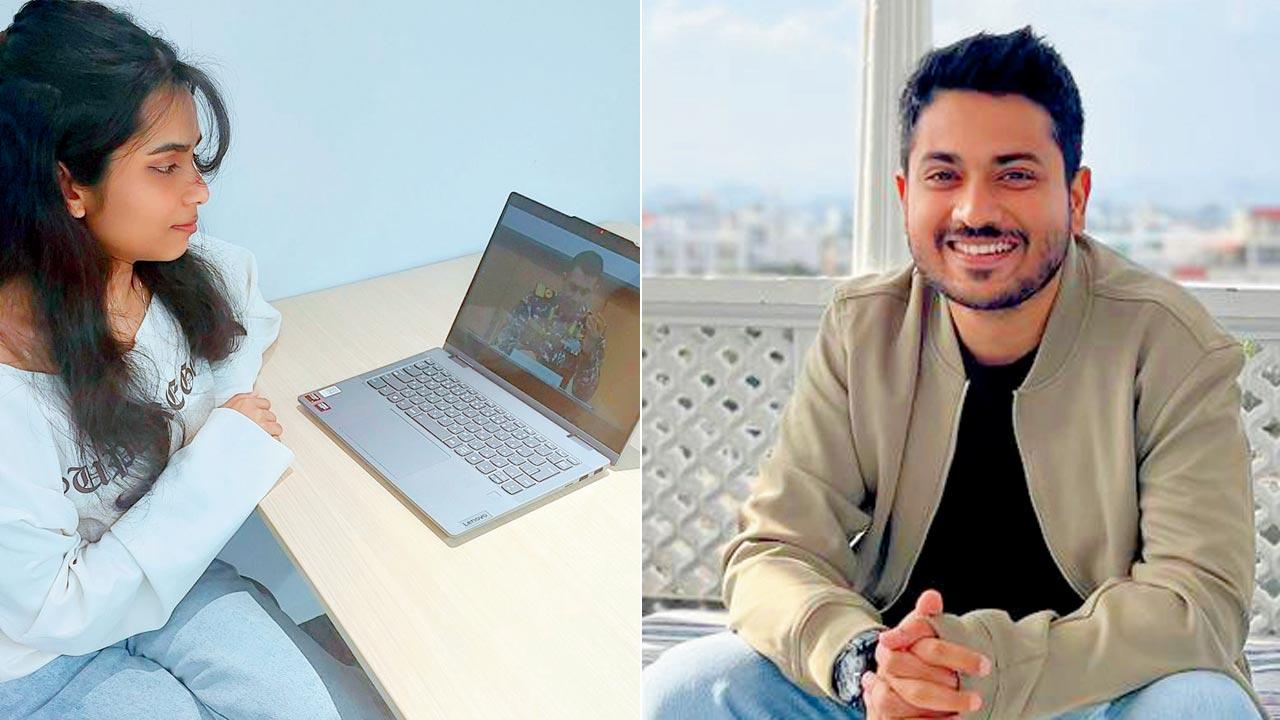 Manasvi Vinod Kanna, a third-year International Relations student at Tokyo International University, Japan, says that these days, her go-to source is the Ministry of External Affairs and DGMO official YouTube briefings; (right) Charansh Juneja, the face behind the popular Instagram page The Indian Idiot has seen his platform become a go-to source of periodic and verified updates for many Gen Z users during the ongoing crisis
Manasvi Vinod Kanna, a third-year International Relations student at Tokyo International University, Japan, says that these days, her go-to source is the Ministry of External Affairs and DGMO official YouTube briefings; (right) Charansh Juneja, the face behind the popular Instagram page The Indian Idiot has seen his platform become a go-to source of periodic and verified updates for many Gen Z users during the ongoing crisis
Garg too, admits he’s made mistakes along the way. He admits that initially he took the word of Indian news channels at face value when they reported on Operation Sindoor. “For instance, when reports claimed that Karachi Port had been struck by the Indian Navy, and news outlets covered it, I believed it. But later the official Karachi Port Trust’s social media — where this “news” was first posted — claimed that their account had been hacked.”
That moment shifted his approach and committed to a stricter standard: only information that appeared in writing, from credible newspapers, verified Press Information Bureau (PIB) statements, official MEA press briefings, or intel from on-ground journalists, would make it to his platform.
The problem of misinformation today is that goes beyond just user-generated content. Recently, the PIB had to debunk fake “verified” X accounts with blue ticks, impersonating Wing Commander Vyomika Singh and Colonel Sofiya Qureshi, both of whom gained national prominence after leading press briefings for Operation Sindoor. This made the fake accounts appear legitimate to the public.
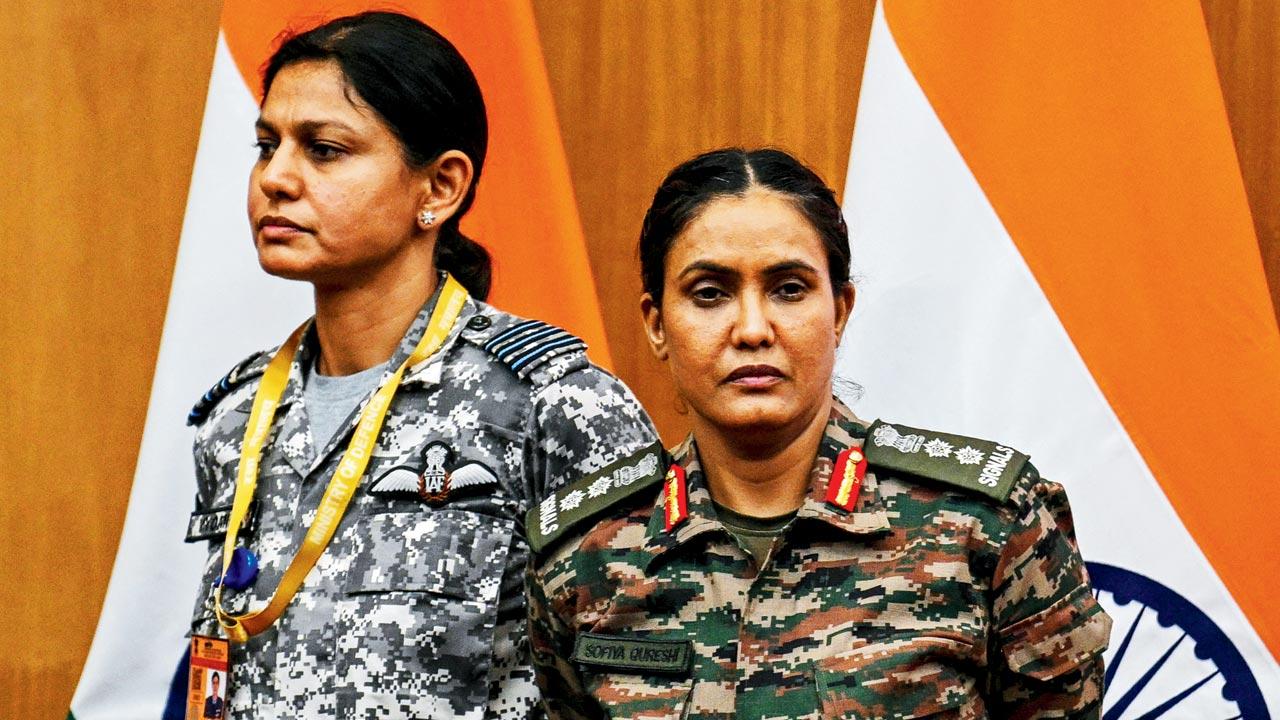
Wing Commander Vyomika Singh (left) and Colonel Sofiya Qureshi (right). Pic/Getty Images
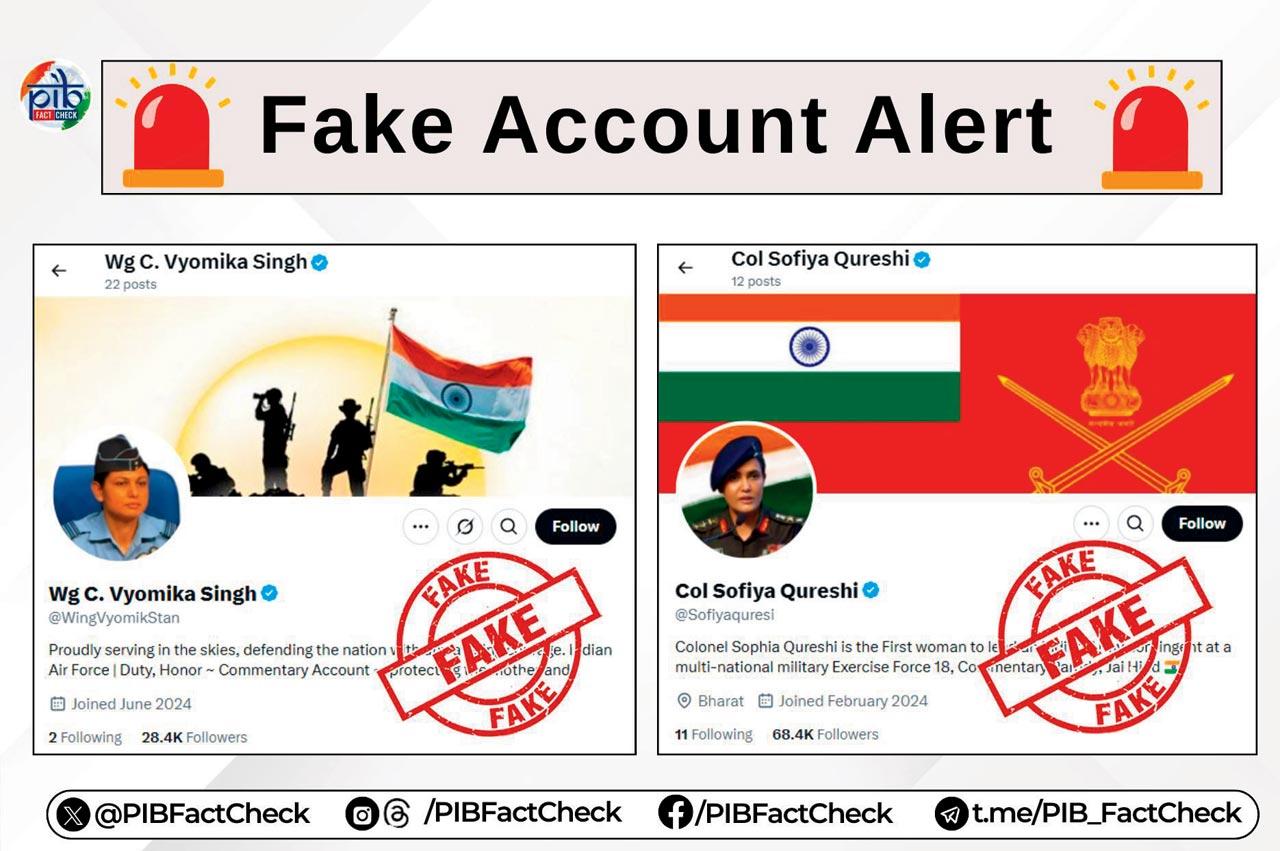
The Press Information Bureau (PIB) debunked fake “verified” X accounts of the officials. Pic/Instagram@pibfactcheck
The PIB has since issued a strong advisory urging citizens to stay vigilant and rely only on official sources for information.
Today, the PIB Fact Check handles on X and Instagram have become essential tools for separating fact from fiction, constantly debunking pro-Pakistan propaganda. Since the advent of Operation Sindoor, its Instagram account alone has posted around 70 updates, debunking viral claims and labelling misinformation and fake news clearly. “That kind of effort is crucial right now, it really helps cut through the noise and ease the anxiety,” Shah notes.
One recent example of such anxiety was the case of Kirana Hills, a site in Pakistan’s Punjab long linked to its nuclear program. After satellite images and unverified footage appeared online, rumours swirled that India had struck the alleged nuclear site during Operation Sindoor. Claims of radioactive leaks followed and some even tied recent earthquakes in Pakistan to supposed nuclear fallout.
The Indian government and armed forces swiftly denied the reports. In a briefing, Air Marshal AK Bharti, Director General of Air Operations, stated: “We have not hit Kirana Hills, whatever is there.” Soon after, the International Atomic Energy Agency confirmed there had been no radiation leak or nuclear incident in Pakistan, quashing the rumours entirely.
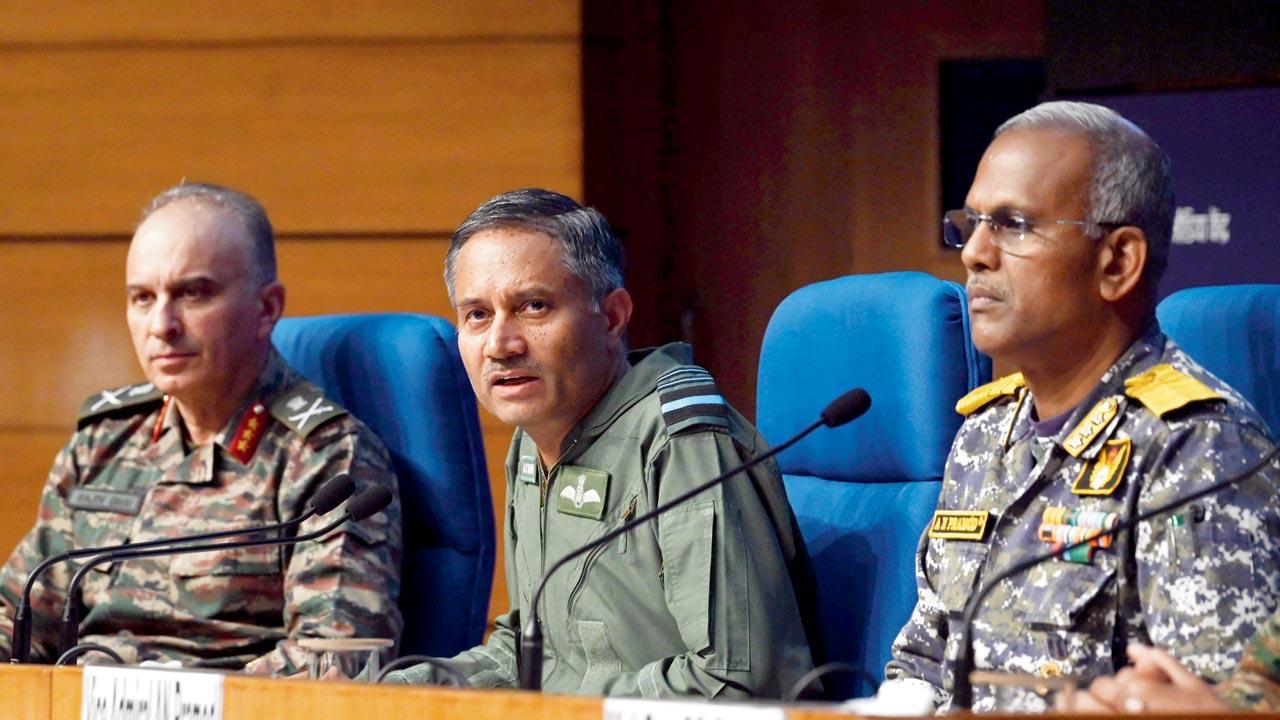
Director General of Military Operations (DGMO) Lt General Rajiv Ghai (left) with Air Marshal AK Bharti (centre) and Vice Admiral AN Pramod (right) clarified rumours stating that India had not struck the alleged nuclear site in Kirana Hills in Pakistan at a press conference on May 12. Pic/Getty Images
This incident underscores the critical importance of verifying what we see and hear, especially during periods of heightened tension. In such moments, even unintentional misinformation, spurred by any party, can quickly blur into propaganda, quietly reshaping narratives before facts catch up.
To ensure his content remains widely accessible, Garg deliberately avoids copyright restrictions. “I want people to share my videos freely, especially on TikTok. The ban in India drastically reduced our international reach, and unfortunately, that’s created more space for unchecked information circulating abroad.”
Manasvi Vinod Kanna, a third-year International Relations student at Tokyo International University, Japan, recalls how she first learned about the attack. “I found out through social media,” she says. “But I didn’t want to jump to conclusions, so I called my mom back home in Goa. She confirmed it — it was all over the Indian news.”
Being far from home hasn’t made things easier, but Kanna says staying grounded is key, and making a conscious effort to verify every bit of news before reacting, helps her stay calm. These days, her go-to source is the Ministry of External Affairs official YouTube briefings. “When the rumours of Pakistan breaking the ceasefire first emerged on social media, I was very sceptical,” she recalls. It was only after she watched the live briefing where Foreign Secretary Vikram Misri addressed it, that she took it seriously.
Another strong voice in the fight against misinformation is journalist Faye D’Souza. Both Shah and Varma say they trust individual journalists like her. “She’s been doing a great job verifying and curating news,” notes Shah.
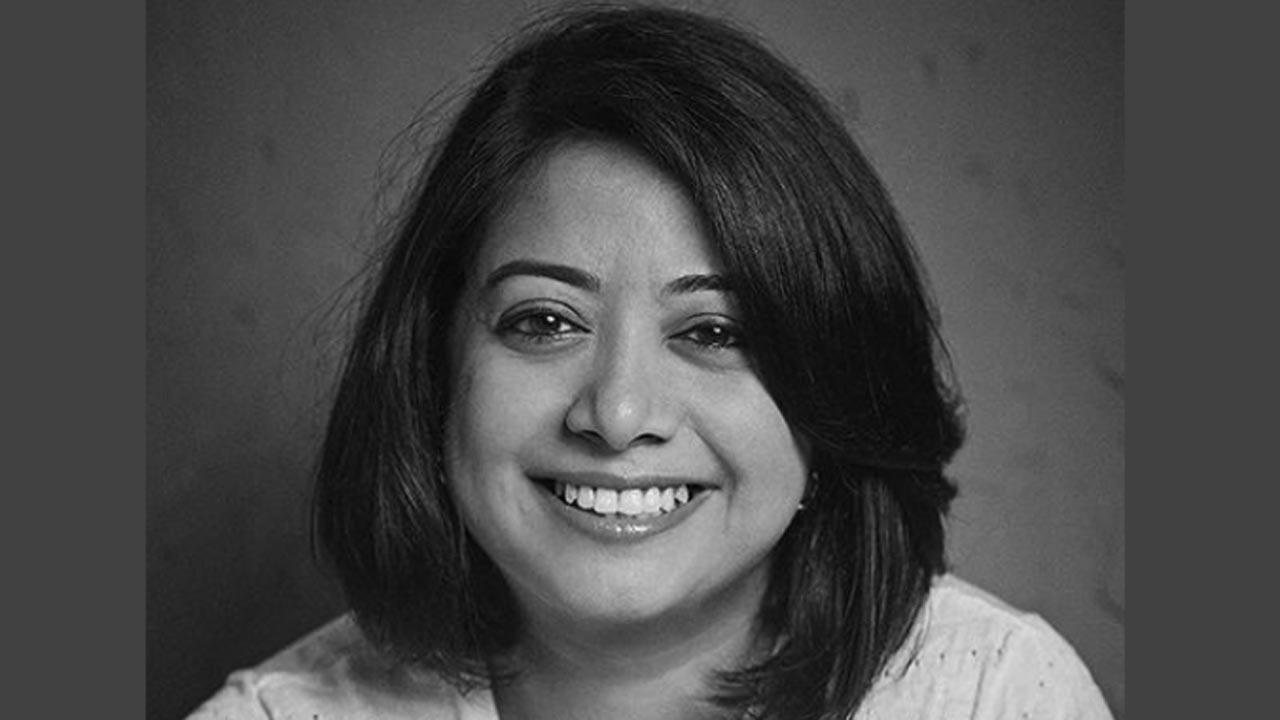
Faye D’souza
Still, even D’Souza has faced pressure to speed things up. In a recent post, she shared a message from a follower who DMed her saying her updates were “too slow” and urged her to cover the news in real time. “Today, people want news fast, and that’s the problem, because fast news is rarely verified,” notes Garg.
D’Souza notes, “My team and I take our credibility very seriously, so much so that we intentionally slow down the news. Every piece of information we publish must be verified by at least two independent sources.”
She adds that they rely on primary confirmations from trusted institutions like the Indian Army, the Ministry of Defence, PIB, or verified government channels, alongside news wires like PTI. “If it doesn’t pass that bar, we don’t carry it. In fact, there have been instances where we’ve held back information that later turned out to be false.” She adds that this is why, especially in times of conflict, her updates may appear slower. “But that’s the time it takes to get the truth right.”
For Varma, the lesson is clear: Reading something critically and forming your own opinion is one thing. But getting swept up in someone else’s pre-packaged narrative, especially on social media is dangerous. That’s why she’s become more cautious about the information she consumes, and shares: “If I see something online, I don’t just believe it. I cross-check it across multiple reputable outlets, especially before sharing it to avoid fear mongering. Unless an authorised source confirms it, I remain sceptical.”
70 posts
have been uploaded by the PIB’s Fact Check account on Instagram debunking fake news since May 7
Gen z’s new sources of news
. Traditional media like newspapers
. Ministry of External Affairs official YouTube briefings
. All India Radio
. DD News
. Verified accounts of legitimate journalists
. Social media accounts like The Indian Idiot and Prafful Garg
 Subscribe today by clicking the link and stay updated with the latest news!" Click here!
Subscribe today by clicking the link and stay updated with the latest news!" Click here!










